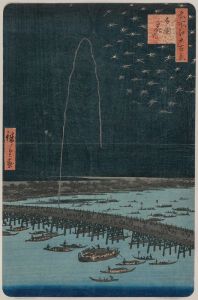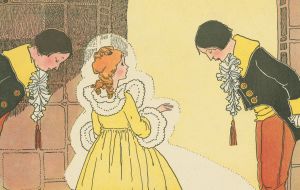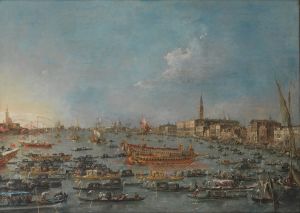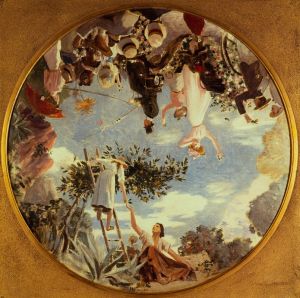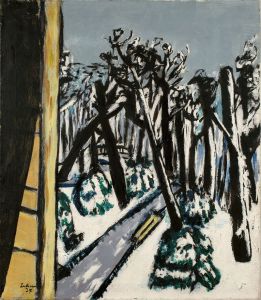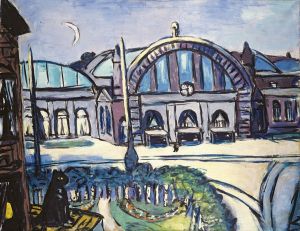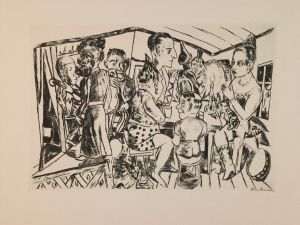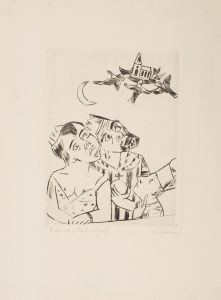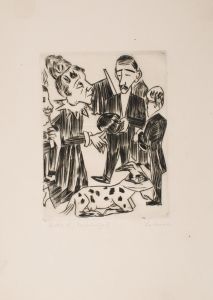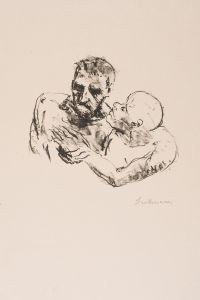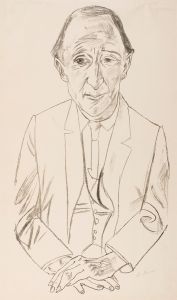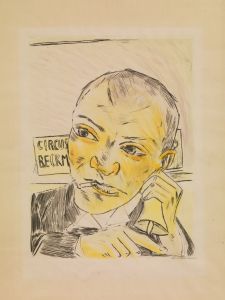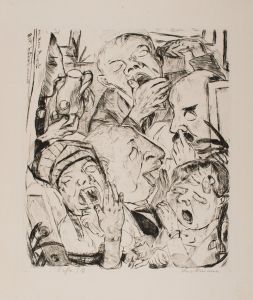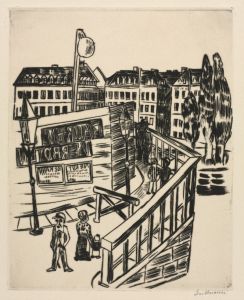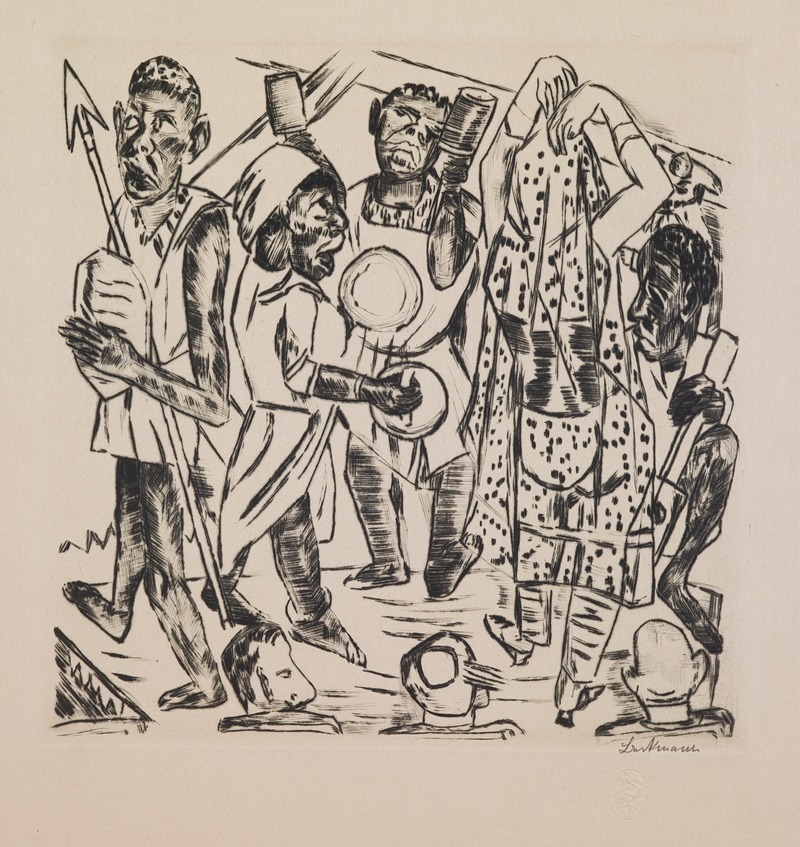
Negro Dance, plate 9 from the portfolio ‘Annual Fair’
A hand-painted replica of Max Beckmann’s masterpiece Negro Dance, plate 9 from the portfolio ‘Annual Fair’, meticulously crafted by professional artists to capture the true essence of the original. Each piece is created with museum-quality canvas and rare mineral pigments, carefully painted by experienced artists with delicate brushstrokes and rich, layered colors to perfectly recreate the texture of the original artwork. Unlike machine-printed reproductions, this hand-painted version brings the painting to life, infused with the artist’s emotions and skill in every stroke. Whether for personal collection or home decoration, it instantly elevates the artistic atmosphere of any space.
Max Beckmann's "Negro Dance," plate 9 from the portfolio "Annual Fair" (Jahrmarkt), is a significant work within the oeuvre of the German painter and printmaker. Created in 1921, this piece is part of a series of ten lithographs that capture the vibrant and often chaotic atmosphere of a fairground. Beckmann, known for his expressive style and complex compositions, uses this series to explore themes of modernity, spectacle, and the human condition in the post-World War I era.
"Negro Dance" reflects Beckmann's interest in the dynamic and sometimes unsettling aspects of popular entertainment. The image depicts a scene of performers, likely inspired by the diverse acts that would have been present at fairs and carnivals during this time. The title itself, "Negro Dance," indicates the presence of African or African-American performers, which was a common, though often stereotyped, feature in European entertainment venues of the early 20th century. It is important to note that the terminology used in the title reflects the historical context of the period and may be considered outdated or offensive today.
Beckmann's work during this period is characterized by bold lines and stark contrasts, which are evident in "Negro Dance." The figures in the lithograph are rendered with a sense of movement and energy, capturing the essence of the dance and the rhythm of the music. The composition is dense, with overlapping forms and a compressed space that conveys the intensity of the performance. This approach is typical of Beckmann's style, which often combines elements of realism with a more abstract, expressionistic sensibility.
The "Annual Fair" portfolio, including "Negro Dance," was created during a time of significant social and political upheaval in Germany. The Weimar Republic, established after the end of World War I, was marked by economic instability and cultural experimentation. Beckmann's work from this period often reflects the tensions and contradictions of this era, as he navigates themes of decadence, alienation, and the search for meaning in a rapidly changing world.
Max Beckmann (1884-1950) was a prominent figure in the German art scene, known for his contributions to the New Objectivity movement (Neue Sachlichkeit), which emerged in response to the emotional intensity of Expressionism. His work is noted for its psychological depth and its exploration of the complexities of human experience. Beckmann's art often features a mix of personal symbolism and social commentary, making his work both deeply individual and broadly resonant.
In summary, "Negro Dance" is a compelling example of Max Beckmann's printmaking, showcasing his ability to capture the vibrancy and complexity of modern life. Through its depiction of a fairground performance, the lithograph invites viewers to consider the interplay of entertainment, culture, and identity in the early 20th century. As part of the "Annual Fair" portfolio, it stands as a testament to Beckmann's skill as an artist and his engagement with the social and cultural issues of his time.





